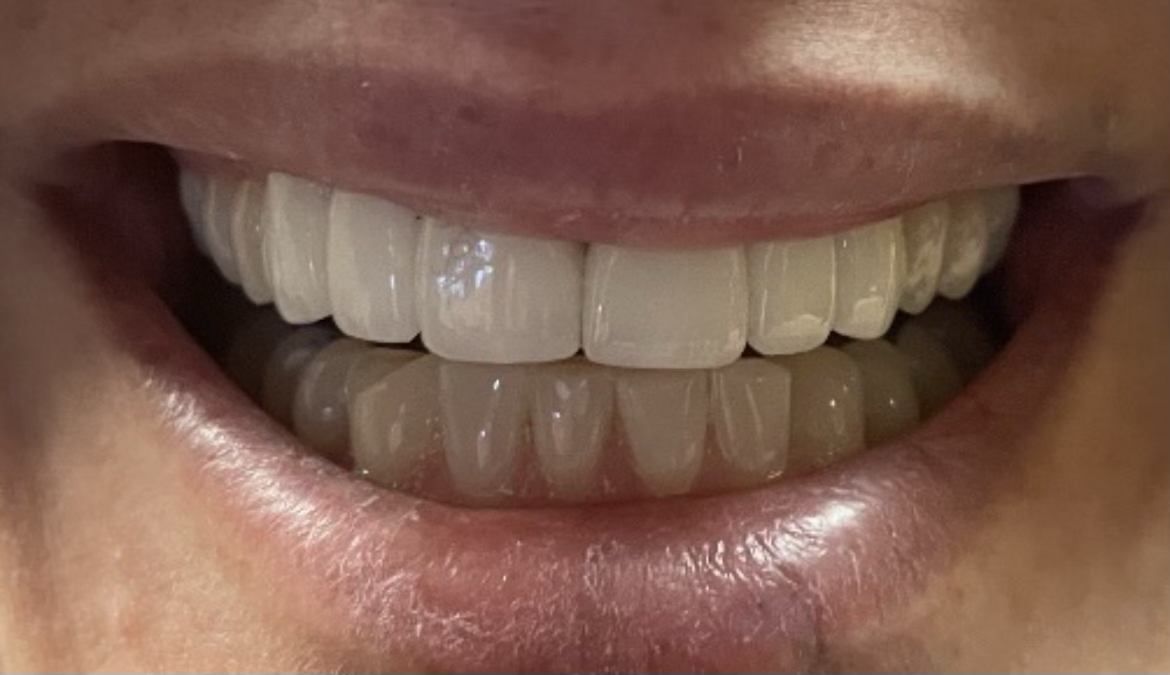Prosthodontic Procedures
Pittsburgh Prosthodontist, John L. Waldman provides quality Dental Care Services with state-of-the-art equipment and advanced dental procedures, an experienced caring staff, and a pleasant relaxing atmosphere. We strive to make your visits to our Pittsburgh office as painless and perfect as possible!
The primary goal of John L. Waldman, DMD is to provide the finest dental services possible, educate patients about their particular needs, and cultivate long-term relationships. We provide thorough yet practical dental procedures, and want our patients to be informed about their dental health and make the best choices possible for their own unique situation. As your Prosthodontic specialist in Pittsburgh we want to be your reliable source for the finest dental care, and your first choice for friends and family.
YOUR SMILE IS OUR BUSINESS!
Fixed Prosthodontics
Fixed prosthodontics is concerned with restoring teeth using restorations that are fixed into the patient's mouth. They are typically made in a laboratory after taking impressions (moulds) for the technician to work with. They are also known as 'indirect restorations'.
Indirect restorations can be used to restore and repair single or multiple teeth, and can be used to restore relatively small spaces between the teeth. Indirect restorations are relatively strong compared to fillings that can be placed at the chair side. Often the indirect restorations can be made to look better (superior aesthetics). It is difficult to say how long fixed restorations should last. If they are planned, executed and maintained correctly, they could last anywhere up to 10-12 years, and perhaps longer. The main types of indirect restoration are shown below:
Crown
 Crowns are often referred to as 'caps'. They cover the remaining parts of the natural tooth when a large amount of structure has been lost. As such, they provide what is known as 'full coverage'. Crowns can be constructed from many different materials, ranging from an all-metal gold crown, through to a high strength ceramic crown. The type of crown depends on the amount of tooth left, the tooth type and the patient preference.
Crowns are often referred to as 'caps'. They cover the remaining parts of the natural tooth when a large amount of structure has been lost. As such, they provide what is known as 'full coverage'. Crowns can be constructed from many different materials, ranging from an all-metal gold crown, through to a high strength ceramic crown. The type of crown depends on the amount of tooth left, the tooth type and the patient preference.
Bridge
Bridges are made to restore gaps between natural teeth. They can be held in place by a crowned adjacent tooth, or they can be stuck onto the adjacent tooth by a metal wing, with a special adhesive. Sometimes bridges are held in place on either side of the gap (conventional), sometimes on just one side (cantilever); it depends on the size of the gap and how the teeth function. Bridges can look very good, but sometimes the bridges that are stuck on with a metal wing darken the adjacent tooth a little. They are, however, much more conservative of tooth structure than if the adjacent tooth is crowned in order to hold the bridge.
Inlay
A more conservative option for a crown is the inlay. It is possible to provide an inlay if a relatively small amount of tooth tissue is missing within the confines of the tooth cusps. The inlay can be made from metals, resins or ceramics.
Onlay
An onlay is similar to an inlay, but it often covers over the cusps of a tooth. They are particularly useful if the tooth needs to be strengthened or reinforced. They can also be used to make the tooth longer/higher, which is useful if a worn dentition is being built back up again.
Veneer
Veneers are a relatively thin piece of ceramic or resin that is glued onto the surface of a tooth. They can be used to restore damaged teeth, rotated teeth, or to improve aesthetics. Usually an amount of tooth preparation is required for the veneer to 'sit into' but modern techniques allow veneers to be made that stick straight onto the tooth surface, rather like fake fingernails!
Our Pittsburgh office is a state-of-the-art, full-service facility. We serve Pittsburgh patients in our convenient office location:
|
|

